The Top 9 Transformative Trends in AR You Need to Know
As we stand on the brink of a technological revolution, augmented reality (AR) is set to redefine our interactions with the world around us. By seamlessly blending digital elements with our physical environment, AR provides a unique lens through which we can experience reality. This technology extends beyond mere entertainment, and has the potential to transform various sectors, including education, healthcare, and retail. In this article, we will explore the top 9 key trends shaping the future of AR and their potential impact on our lives.
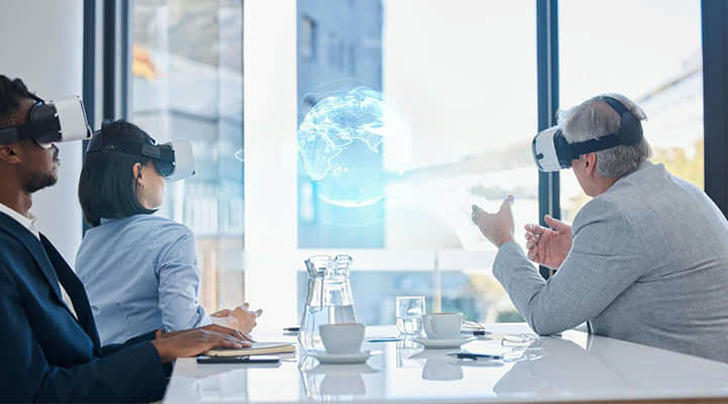
1.AI Integration: Personalizing User Experiences
One of the most significant advancements driving AR is the integration of artificial intelligence (AI). This combination enables more personalized and adaptive experiences for users. AI algorithms can analyze user behavior and preferences in real time, allowing AR applications to deliver tailored content that enhances engagement. For instance, an AR app could suggest nearby restaurants based on your dining history or provide contextual information about historical landmarks as you explore a city. This level of personalization fosters smarter interactions, making AR applications more intuitive and user-friendly.

2.5G Technology: Enabling Seamless Interactions
The rollout of 5G networks represents a major breakthrough for AR, offering faster data speeds and lower latency. This technological advancement facilitates smoother interactions and enables high-quality visuals, allowing users to stream complex AR content without interruptions. With 5G, applications in gaming, remote collaboration, and real-time data visualization are expected to flourish. Imagine attending a virtual concert where you can interact with other attendees in real time or participating in a remote training session guided by AR overlays.

3.Web AR: Expanding Accessibility
Another trend gaining traction is the development of web-based AR applications. By eliminating the need for dedicated apps, Web AR makes augmented reality more accessible to a broader audience. Users can access AR experiences directly through their web browsers without downloading additional software. Businesses are increasingly leveraging Web AR for marketing campaigns and product demonstrations, enhancing customer engagement without the barriers associated with app downloads. For example, customers can visualize how furniture looks in their homes simply by scanning a QR code on their smartphones.
4.Wearable Devices: Hands-Free AR Experiences
The evolution of wearable devices, such as smart glasses, is transforming how users interact with AR. These hands-free devices are particularly beneficial in industries like manufacturing and logistics, where real-time information can be overlaid onto physical tasks. For instance, technicians can receive step-by-step instructions while repairing machinery without needing to consult a manual or smartphone screen. As these devices become more sophisticated and affordable, their adoption is likely to increase across various sectors.
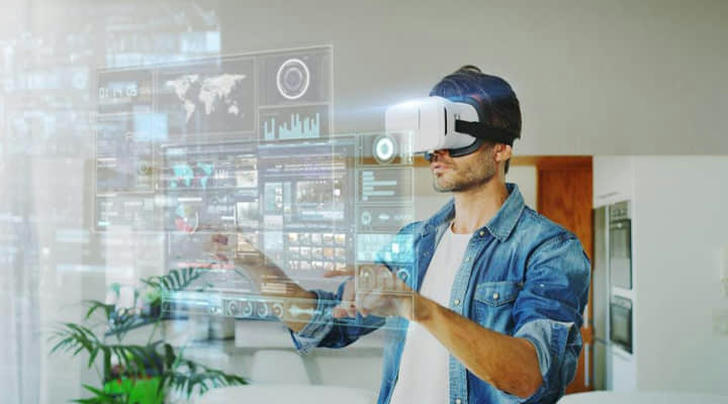
5.Multi-Sensory Engagement: Enhancing Immersion
Future AR experiences are expected to incorporate multi-sensory technology, including haptic feedback and even olfactory elements. This advancement will create more immersive environments that engage multiple senses simultaneously. Such enhancements will be particularly valuable in training simulations and entertainment experiences, providing users with richer interactions. Imagine training for a surgical procedure where you can feel the tools in your hands or experiencing a virtual travel destination that includes scents from local cuisine.
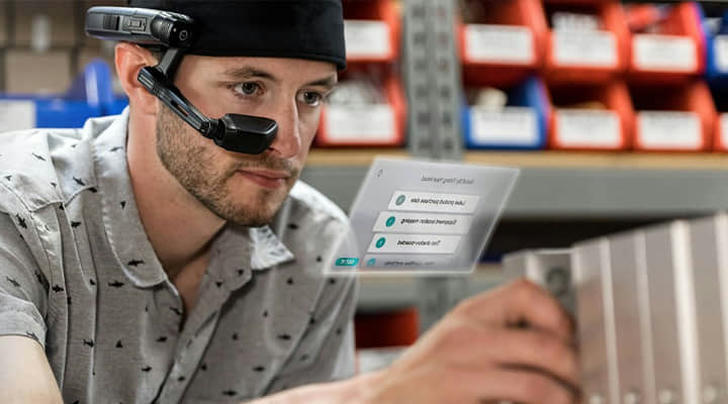
6.Generative AI: Creating Realistic Digital Worlds
The integration of generative AI with AR opens up exciting possibilities for crafting realistic digital worlds and characters. This trend expands the boundaries of creativity in interactive storytelling and gaming, making AR experiences not only more engaging but also visually stunning. Game developers can design expansive environments that adapt to player choices in real time, offering unique experiences tailored to each user.
7.Environmental Monitoring: Addressing Global Challenges
AR has significant potential in tackling global challenges like climate change by visualizing data related to environmental issues. Through augmented reality applications, users can gain insights into their surroundings—such as air quality or temperature changes—and be inspired to take action towards sustainability efforts. For instance, an AR app could show users how much carbon dioxide is emitted by different modes of transportation as they plan their journeys.
8.Healthcare Innovations: Improving Patient Outcomes
In healthcare settings, AR can assist professionals by providing immediate access to patient data or visualizing complex medical procedures in real time. This capability enhances decision-making processes and improves patient outcomes by ensuring that medical professionals have critical information at their fingertips. Surgeons can use AR to overlay essential imaging data during operations, improving precision and reducing risks.
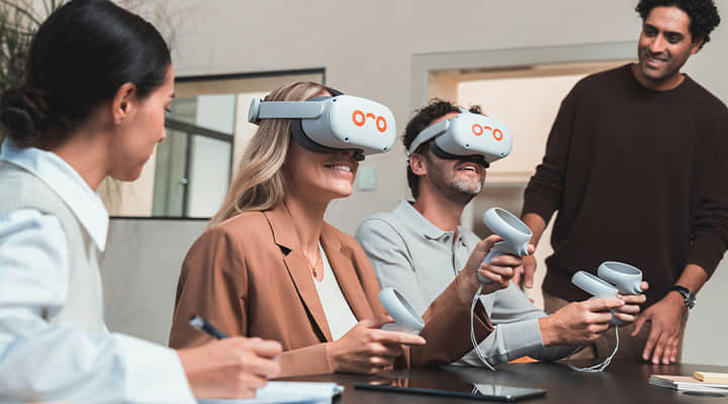
9.Transforming Education: Interactive Learning Experiences
Educational institutions are increasingly adopting AR for immersive learning experiences that promote engagement and retention among students. By overlaying educational content onto real-world scenarios—such as historical events or scientific concepts—students can gain a deeper understanding of complex subjects, making learning more interactive and effective.
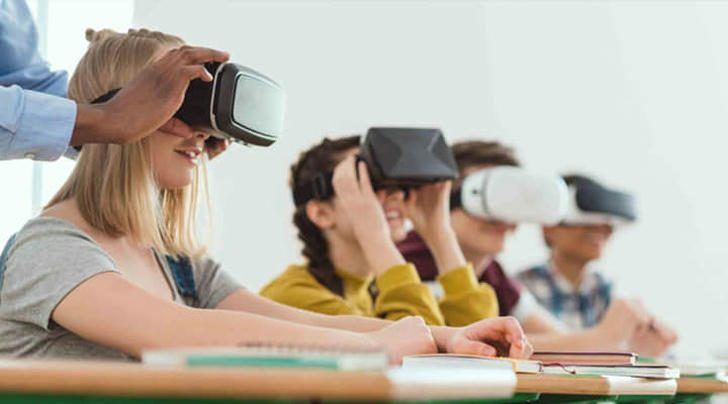
Conclusion
The future of augmented reality holds immense promise as it continues to evolve alongside other emerging technologies like AI and 5G. With its potential to transform industries ranging from healthcare to education, AR is set to enhance our interactions with both digital content and the physical world.
However, as this technology advances, addressing privacy concerns and ensuring user security will be crucial for fostering trust among users. By embracing transformative trends such as AI integration, 5G advancements, wearable devices, and multi-sensory experiences, we can look forward to a future where augmented reality becomes an integral part of our daily lives.
In summary, augmented reality not only enriches personal experiences but also reshapes how businesses operate across various sectors. As we anticipate its evolution, it’s clear that AR will offer new ways to learn, work, and connect with one another in an increasingly digital world—ultimately transforming our everyday interactions into richer and more meaningful experiences.
